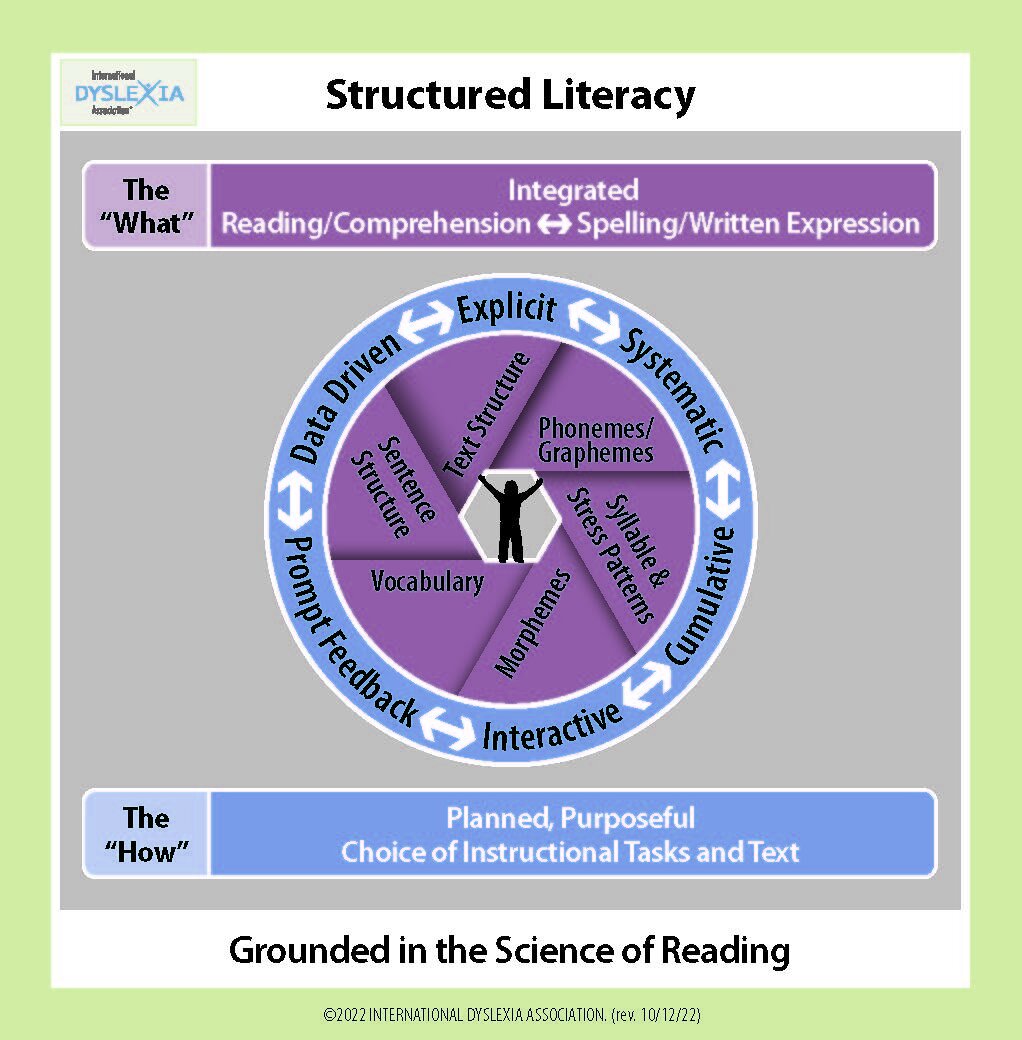
Growing Writers:
The Evidence Base
What does the research say?
There is very little research on writing instruction for K-2. Because of the lack of studies on K-2 writing instruction (particularly in the areas of pacing, inclusion, assessment, and mastery) no one method or curriculum can claim to have all the answers at this point. However, there are best practices in general that have been studied in grades 1-12, as well as best practices in helping students who need the most support. Growing Writers meets every recommendation in these two areas, and is differentiated (an added bonus).
Evidence-based best practices (grades 1-12) from the experts:
Increase time for writing
Create a supportive writing environment
Teach writing skills, strategies, knowledge and motivation
Provide feedback
Use 21st century writing tools
Use writing as a tool to support student learning
Many children simply need good instruction from the start to avoid intervention later. The International Dyslexia Association recommends these structured literacy components:
Explain each concept explicitly and clearly
Provide guided practice
Have instructional routines
Provide immediate feedback
Follow a planned scope and sequence that progresses from easier to more difficult
Be hands-on, engaging, and multi-modal
Work towards fluency
Monitor and assess progress
Info is from the IDA website
The Pyramid of Writing Skills for K-2
A New Framework
Many students come to us who need more than a year’s growth academically to catch up. It’s up to us to provide the very best quality of instruction to make that happen. Here you can see the progress a few students made in writing in one year.




